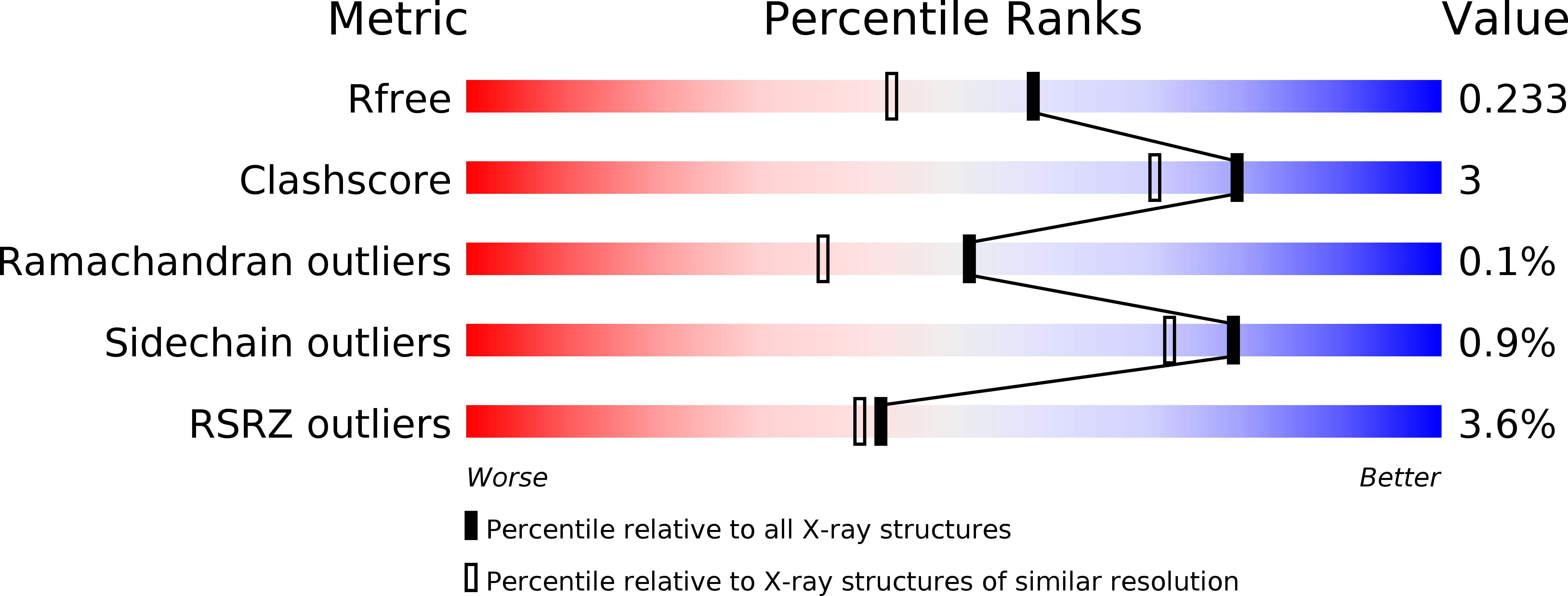
Deposition Date
2015-12-11
Release Date
2016-04-20
Last Version Date
2024-03-20
Entry Detail
Biological Source:
Source Organism:
Human herpesvirus 6B (strain HST) (Taxon ID: 32604)
Host Organism:
Method Details:
Experimental Method:
Resolution:
1.85 Å
R-Value Free:
0.23
R-Value Work:
0.17
R-Value Observed:
0.18
Space Group:
P 21 21 2


